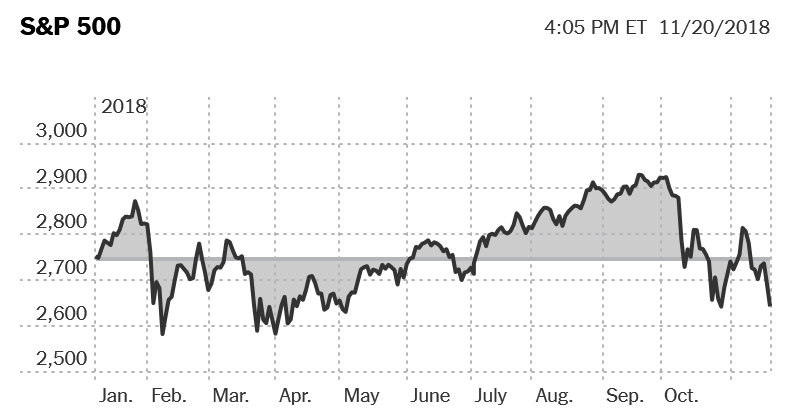
THE document is dry, dusted with references to “benchmarks”, “performance evaluation” and “a metric-based framework”. But the 25 pages published on August 28th by the Office of the Comptroller of the Currency (OCC), one of America’s federal bank regulators, may start a protracted dispute over lenders’ obligations to poor neighbourhoods and hence to racial minorities.
The OCC is inviting responses to 31 questions about putative changes to the rules implementing the Community Reinvestment Act (CRA), which was passed in 1977 with the best of intentions: maintaining lending and bank branches in America’s poorest areas; and combating “redlining”, the denial of loans to people in certain districts as a disguised means of racial discrimination. The CRA obliges regulators to assess not only banks’ financial soundness but also their lending to poor customers and small businesses, and their commitment to “community development” in the areas where they operate. The results can determine whether banks are allowed to merge, or to open or move branches.
The rules have changed several times in the past 40 years (eg, to reflect the legalisation of interstate banking in the 1980s). The OCC’s paper is part of a broader review of bank regulation begun last year by the treasury secretary, Steven Mnuchin, at the behest of President Donald Trump—who sympathises with pleas from banks, especially small ones, that red tape is restricting lending. Mr Mnuchin published his own assessment of the CRA in April, in a memo to the three regulators that implement it: the OCC, the Federal Reserve and the Federal Deposit Insurance Corporation (FDIC).
Banks have long grumbled that the CRA’s rules are unclear and inconsistently applied, and that inspections are costly and time-consuming. Much less loudly, they also complain that the CRA has been a sort of shakedown, in which they must satisfy political needs rather than meet well-defined regulatory standards. The act’s defenders insist that it is an essential bulwark against redlining and other restrictive practices.
Both the Treasury and the OCC argue that new rules would boost lending to needy areas rather than choke it. Whether or not that is true, there are good technical reasons for an overhaul. In its memo the Treasury noted, for example, that there is no formal process to help banks decide whether a loan will meet the act’s requirements; and that the terms used to assess banks’ performance (“excellent”, “substantial”) are undefined. Banks are assessed on lending within areas based on the siting of their head offices, branches and deposit-taking automated teller machines. Mobile technology makes this look out of date.
The OCC’s paper is studiously formal. It invites comments on the current rules, asks whether more quantitative assessments are needed and so forth. The result may well be a new system that relies more heavily on objective data. That may sound technocratic and benign, but it will cause political ructions. And the Fed and the FDIC will doubtless also want their say. Change is on the way for the CRA. Despite the technocratic tone, it will not happen quietly.









